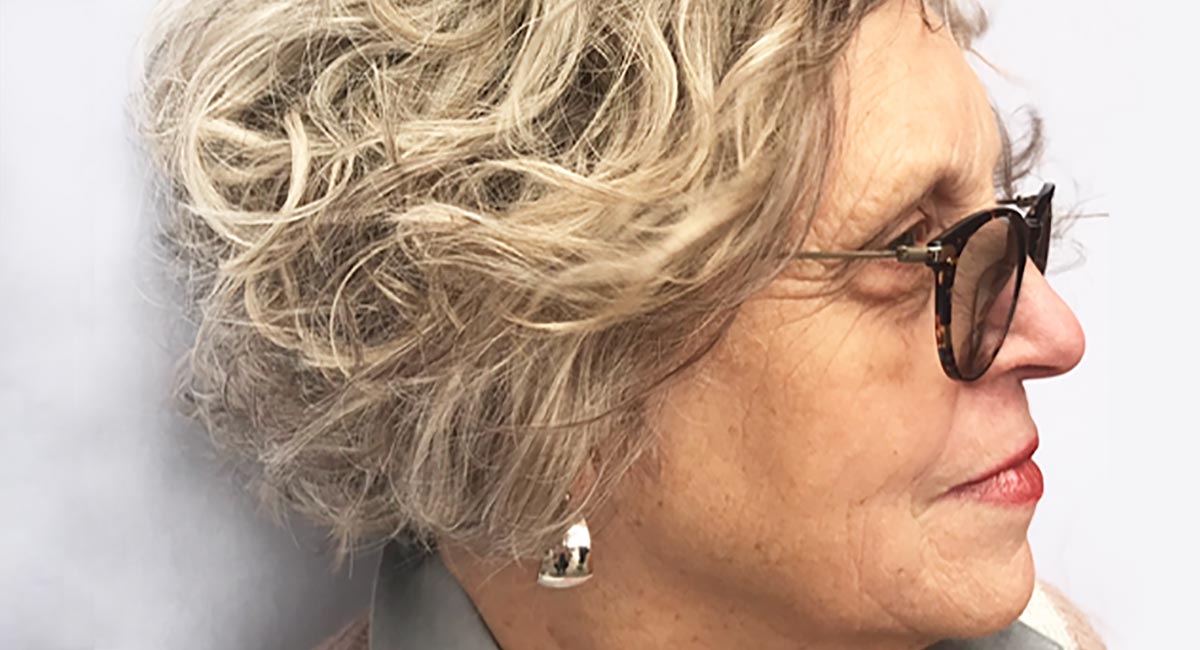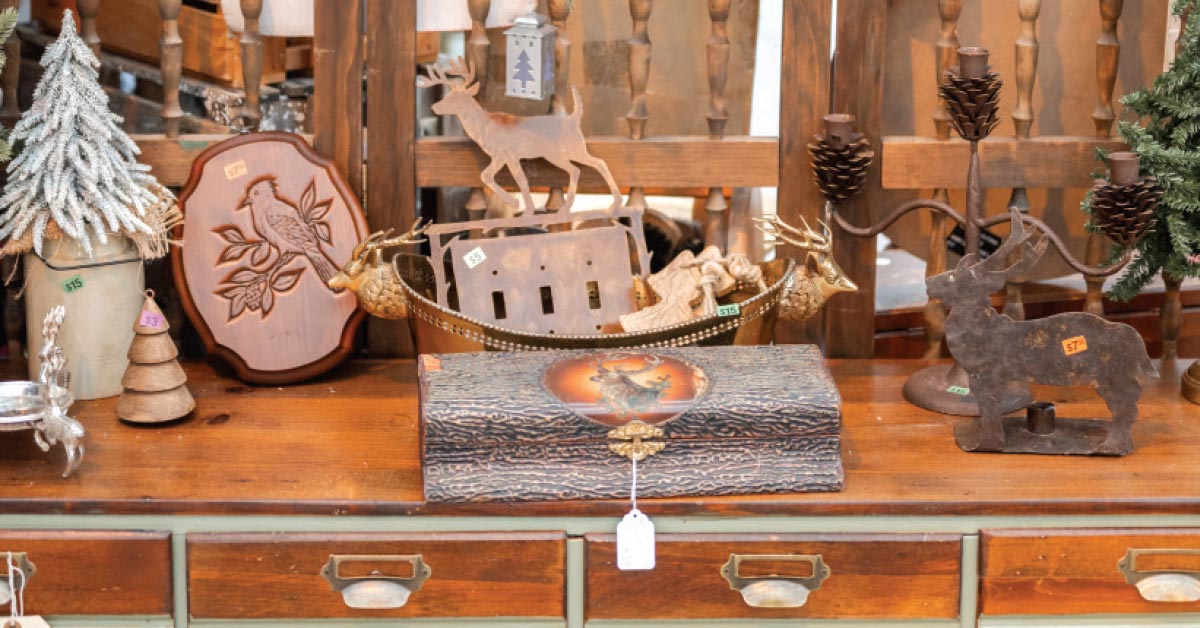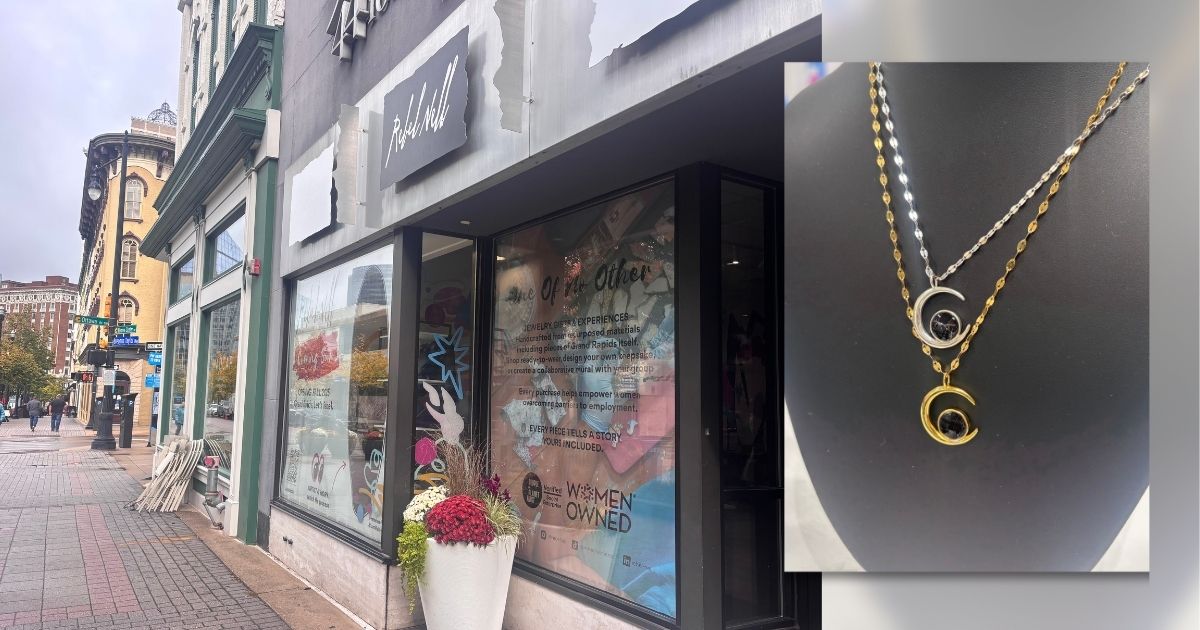As women age, our hair changes in a multitude of ways—but that doesn't mean we're any less fabulous.
Beth Ann Davidson, Master Stylist, Design 1 Salon Spa Plainfield, says some common changes that can occur are hair loss or a bit of thinning—especially after menopause, slower growth, and changes in hair texture.
"Women should still maintain a five- to six-week appointment to keep hair looking fresh and on point," said Davidson, who favors shampoos with a nice purple base when working on aging hair to put sparkle back into white and silver hair while knocking out yellow tones.
"When you look good, you feel good and that goes for any age, whether you're mature or young."
Allison Burr, Master Stylist and Colorist, Philip Anthony Salon, notes it's important to think about scalp health, what we put into our bodies internally, and hormonal changes.
"Over time, we lose the oil that usually coats the cuticle of the hair and protects it from environmental damage," said Burr. Replace natural oil with treatments that penetrate the hair, such as argan oil and home remedies like mayonnaise—or even beer.
"Protein and iron are the two most important things to have in your diet for healthy hair because if you don't have enough, a lot of people will suffer hair loss."
When it comes to transitioning and embracing your white or silver locks, Burr stresses you have options.
"There's grey coverage—covering every single hair, grey blending to give dimension, and simply wearing your natural hair," Burr said, suggesting use of products with hyaluronic acid, peptides, ceramides, niacinamides, and B vitamins. "You could also tone the hair versus coloring it."
Davidson suggests only washing your hair as needed and using professional products recommended by your stylist, such as dry shampoo, a workable hair spray, and a grippy powder to add texture.
"Above all, don't get in a rut with the same style," Davidson said.
"Listen to your stylist on keeping up with new ideas and trends!"
Tips and Tricks
Courtesy of Allison Burr
- Don't leave top knots in for too long! Embrace a natural hair fall to avoid strain on the follicle.
- Invest in a silk pillowcase. Cotton pillowcases can pull and cause damage.
- Don't sleep with your hair pulled up. If you must, use a silk scarf or something delicate.
- Use a round brush with a wood or rubber core. Metal-core round brushes get hot easily and could burn your hair.
- Wear a hat and/or spray sunscreen on your hair. Believe it or not, white or silver hair can get sunburnt and discolored!
- Ensure you have proper levels of iron, vitamin D and biotin. These, in addition to eating healthy, make for strong and moisturized hair.
Written by Sarah Suydam, Staff Writer for West Michigan Woman.
This article originally appeared in the Aug/Sept 2020 issue of West Michigan Woman.
Photo courtesy of Allison Burr.




